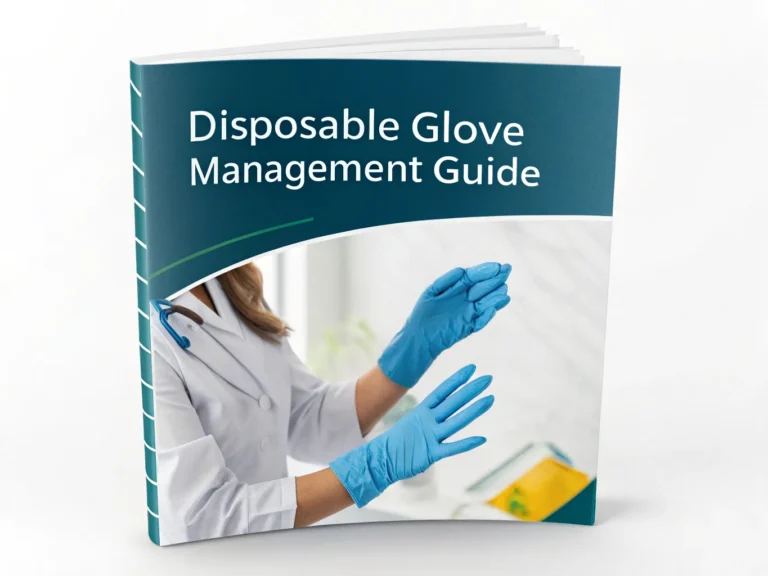Disposable CPE Gloves – Cast Polyethylene
Disposable CPE Gloves gloves are a type of disposable glove made from polyethylene resin. They are designed to provide basic hand protection against dirt, liquids, and some chemicals. Cast polyethylene gloves are commonly used in food service, janitorial, and light industrial applications.
What does cast polyethylene mean?
Cast polyethylene (CPE) is a type of plastic that is made by melting and then solidifying polyethylene resin using a casting process. In this process, the molten polyethylene is poured into a mold and allowed to cool and solidify into a solid sheet or film.
CPE is known for its toughness, flexibility, and resistance to chemicals and moisture. It is commonly used in a variety of applications, including packaging, construction, and medical products. CPE can also be modified with various additives to enhance its properties, such as UV stabilizers, anti-static agents, and flame retardants.

Features
Cast polyethylene gloves are known for their lightweight and breathable construction. They offer a good level of dexterity, making it easier to perform tasks that require fine hand movements. Cast polyethylene gloves are also latex-free and powder-free, making them a great option for people with latex allergies.
Benefits
Disposable CPE Gloves offer several benefits, including:
- Affordable: Cast polyethylene gloves are one of the most economical options for disposable gloves.
- Easy to don: Cast polyethylene gloves are easy to put on and take off, making them a convenient choice for workers who need to change gloves frequently.
- Versatile: Cast polyethylene gloves are suitable for a wide range of applications, including food handling, janitorial work, and light industrial tasks.
- Hygienic: Cast polyethylene gloves are a hygienic option for workers who need to maintain strict standards of cleanliness and sanitation.
Limitations
Despite their many benefits,Disposable CPE Gloves may not be suitable for all applications. They offer minimal protection against sharp objects and chemicals, and they may tear easily when subjected to heavy use. Additionally, cast polyethylene gloves are not recommended for use in high-risk situations, such as medical procedures or handling hazardous materials.
In conclusion, cast polyethylene gloves are a cost-effective and versatile option for workers in a variety of industries. While they may not offer the same level of protection as other types of gloves, they are an excellent choice for tasks that require basic hand protection and hygiene.
CPE Gloves VS PE Gloves ?
CPE (cast polyethylene) gloves and PE (polyethylene) gloves are both made from similar materials, but there are some differences between them.
CPE gloves are made from cast polyethylene resin, which is a denser and more durable material than the polyethylene resin used to make PE gloves. This makes CPE gloves more resistant to tearing, punctures, and other types of damage than PE gloves. Additionally, CPE gloves have a slightly textured surface that provides a better grip than PE gloves, which can be useful in certain applications.
PE gloves, on the other hand, are made from low-density polyethylene resin, which is a lightweight and flexible material. This makes PE gloves comfortable to wear and easy to move in, but they are not as durable as CPE gloves. PE gloves are generally cheaper than CPE gloves, which makes them a popular choice for businesses looking to reduce their glove costs.
In terms of their applications, both CPE and PE gloves are commonly used in food service, healthcare, and hospitality industries, as well as in general-purpose applications. However, CPE gloves are typically used in applications where durability and resistance to damage are important, such as handling chemicals or performing tasks that require a strong grip. PE gloves, on the other hand, are often used in low-risk applications, such as handling non-hazardous materials or performing light cleaning tasks.
Overall, the choice between CPE and PE gloves depends on the specific needs of the application. CPE gloves are generally more durable and provide better protection, but they are also more expensive. PE gloves are more affordable, but they may not be suitable for all applications due to their lower durability.

Contact for mass customization: sales@damaofh.com
INQUIRIES
To get the latest prices and lead times, send us a message using the form below.







